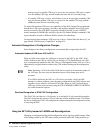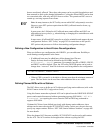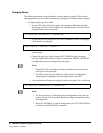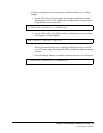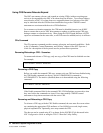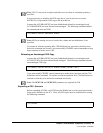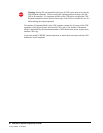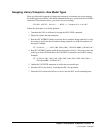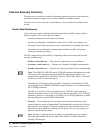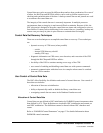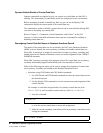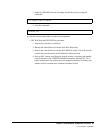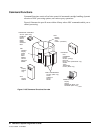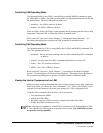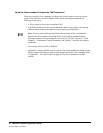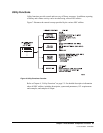
58 VM/HSC 6.0 System Programmer’s Guide
1st ed., 6/30/04 - 312579601
Common Recovery Functions
Common recovery functions consist of information gathering from the control data sets
and journals, and processing to recover from a database or hardware failure.
The most vital recovery function is control data set recovery which is described in this
section.
Control Data Set Recovery
Control data sets contain valuable information required for the HSC software and the
library to function. The control data sets contain:
• inventory information on all volumes in a library
• the library configuration, including how many ACSs, LSMs, tape transports, etc.
• information about library hardware resource ownership across multiple processors
• information for controlling the communication link between HSC subsystems
running on multiple processors.
The HSC subsystem has the capability of operating with several control data sets and
journals simultaneously:
• Primary control data set — This data set is required for every installation
• Secondary control data set — This data set is optional, but highly recommended
• Standby control data set — This data set is strictly optional, but also recommended
Note: The SLIRCVRY LIBGEN macro TCHNIQE parameter determines how many
CDS copies will be initialized by the SLICREAT program and whether or not
journals will be initialized by SLICREAT. Refer to ‘‘SLIRCVRY Macro’’ in the HSC
Installation Guide for more information.
The number of CDS copies used by the HSC is dependent on the number of CDS
copies defined in the CDSDEF PARMLIB control statement. It is not determined by
the TCHNIQE parameter.
The HSC uses all of the CDS copies defined in the CDSDEF control statement
(whether this includes more or less CDS copies than are specified by the TCHNIQE
parameter). However, if journaling is specified by the TCHNIQE parameter, journals
must be defined for successful HSC initialization.
• Journals — Two journals per host are kept to record library transactions. Each
journal contains a record of changed data. The changed data consists only of bytes of
data that have been changed. The record is made at the time the transaction occurs.
The journals can be applied to a backup control data set, for recovery purposes, to
make the control data set current.
Note: Journals are optional and are no longer a recommended recovery method.
Secondary and standby data sets provide a faster and more reliable method for
ensuring CDS integrity.



